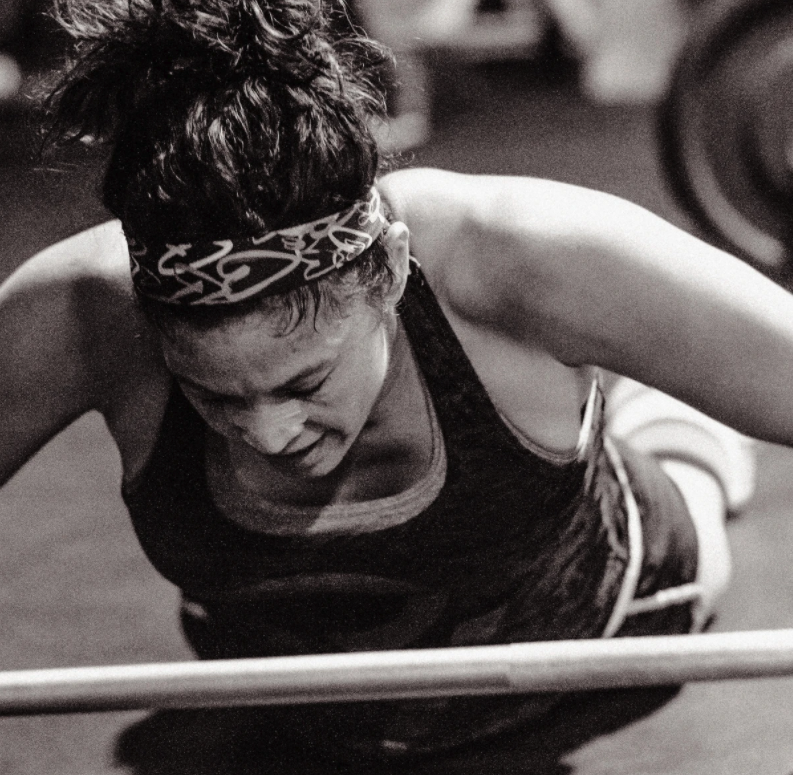Avoiding The Female Athlete "Triad"
Female athletes are at risk of this energy-depleting triad.
What is the Female Athlete Triad?
First of all, I am an orthopaedic surgeon, not an expert in this triad. Perhaps that may make me a better person to explain what this actually is, and is not, in simple terms.
Having been the Head Team Physician for the US Women’s Alpine Ski Team since 1997 and one of the USOC Physicians for Women’s Sports in the past 4 winter Olympics, I’ve had to know quite a bit about this syndrome and help educate our athletes.
The Athlete's Triad
The athlete’s TRIAD consists of the presence of
An eating disorder,
Amenorrhea, and subsequently
Decreased bone density or osteoporosis.
Only when all three are present in any given athlete is this considered a diagnosis of the Triad.
Eating Disorder
As obvious as the diagnosis of an EATING DISORDER may seem, it simply means not enough energy availability through intake for a given activity level.
This can be intentional such as anorexia or bulimia, but in my experience has been more commonly seen in our female athletes simply trying to avoid foods they view as “bad”.
Examples include avoiding fats or carbs altogether, often because of the pressure we put on our female athletes in society. These restrictions are simply variations of weight loss diets, not energy providing nutritional support. The US News and World Report just listed their best diets and for the 7th year in a row the DASH diet topped the list.
Portion control, moderation, and balance are the key to providing the energy needed for sports.
The DASH diet — which focuses on vegetables, whole grains, and low-fat dairy — is viewed as the best overall diet. Weight Watchers remains the best diet for weight loss and it again ties the Mayo Diet as the best commercial diets for weight loss.
At the bottom of the list are diets which restrict entire food groups such as the Paleo Diet. Portion control, moderation, and balance are the key to providing the energy needed for sports.
Amenorrhea.
AMENORRHEA, defined as the cessation of a woman’s menstrual cycle for more than three months, is the second disorder in the Triad. Weight fluctuations from dietary restrictions and/or excessive exercise above that which is supported by the caloric intake affect the portion of the brain supplying the gonadotropic or “sex” hormones.
Intense exercise without appropriate caloric intake can lead to decreased estrogen, which helps regulate the menstrual cycle. When this occurs, periods become irregular and can sometimes stop altogether. Not good for the health of the bones and ligaments!
That’s where I come in.
Osteorperosis
This condition has ruined female athlete's careers because it may lead to stress fractures and other overuse type injuries.
OSTEOPOROSIS is defined by the National Institutes of Health as ‘‘a skeletal disorder characterized by compromised bone strength predisposing a person to an increased risk of fracture.’’[11]
Low estrogen levels and poor nutrition, especially low calcium intake, can lead to osteoporosis, the third aspect of the TRIAD. This condition has ruined female athlete's careers because it may lead to stress fractures and other overuse type injuries.
A typical stress fracture in the tibia, once it forms can take almost 9 months to heal before the athlete can return safely to sports. That is assuming it gets immediately treated with counseling, proper caloric intake and balanced weight bearing activities. This is way more satisfying to prevent than to treat.
Bottom line, understand the calories you are taking in and how important matching these with your energy expenditure will keep you in the “safe” zone.
Dr. Bill Sterett is the Head Team Physician for the US Women’s Alpine Ski Team and has been since 1997, with athletes over the years such as Picabo Street, Kristina Koznick, Caroline LaLive, Lindsey Vonn, Julia Mancuso and Mikaela Shiffrin. He has served as a US Olympic Committee Team Physician for the past four Winter Olympic Games, with the US Olympic Committee entrusting the care of their athletes to Dr. Sterett in Salt Lake City, Torino, Vancouver and Sochi.




